1 teaspoon of dry dill equals 1 tablespoon of fresh dill - this critical conversion ratio solves the #1 problem home cooks face with dried herbs. Unlike most dried spices that lose complexity, dry dill (Anethum graveolens) maintains its distinctive citrusy-anise flavor profile through controlled dehydration, making it uniquely reliable for consistent seasoning in cooked dishes where fresh dill would fade.
This guide delivers exactly what you need to know: precise conversion measurements, storage hacks that triple potency retention, and science-backed applications where dry dill outperforms fresh. Designed for time-pressed cooks seeking pantry efficiency, we cut through the confusion with actionable techniques missing from generic herb guides.
Table of Contents
- What Is Dry Dill & Why It Matters
- Dry Dill to Fresh Dill Conversion Guide (Critical!)
- Flavor Science: Why Dry Dill Works Better in Cooked Dishes
- Storage Hacks for Maximum Potency (1-3 Year Shelf Life)
- Top 5 Uses Where Dry Dill Beats Fresh
- 3 Costly Mistakes That Waste Your Dry Dill
- Quick Reference: Best Recipes for Dry Dill
- FAQs Answered by Culinary Experts
What Is Dry Dill & Why It Matters
Dry dill is the dehydrated version of fresh dill weed with concentrated essential oils. While it appears less vibrant, its flavor profile actually intensifies key compounds during proper dehydration - particularly the camphor notes that withstand cooking temperatures where fresh dill's volatile compounds evaporate. This makes it the superior choice for:
- Long-simmered dishes (stews, soups)
- Dairy-based sauces (tzatziki, creamy dressings)
- Marinades requiring flavor penetration
- Year-round cooking (avoiding seasonal limitations)
- Reducing food waste (1-3 year shelf life vs 7 days for fresh)
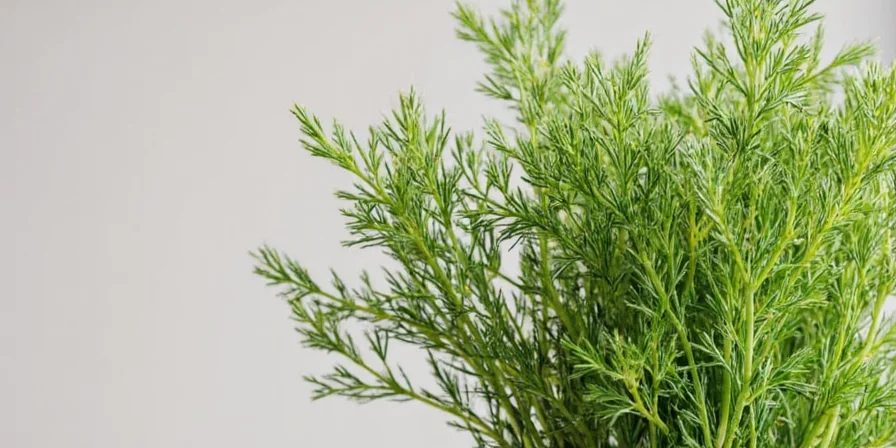
Dry Dill to Fresh Dill Conversion Guide (Critical!)
The #1 mistake home cooks make? Using equal amounts. Dry dill is three times more potent than fresh due to water removal concentrating flavor compounds. This conversion chart solves the problem:
| Dry Dill Measurement | Fresh Dill Equivalent | Best Application |
|---|---|---|
| 1/4 tsp | 3/4 tsp chopped | Delicate sauces, dressings |
| 1/2 tsp | 1 1/2 tsp chopped | Marinades, egg dishes |
| 1 tsp | 1 tbsp chopped | Stews, soups, roasted vegetables |
| 1 1/2 tsp | 4 1/2 tsp chopped | Pickling, bread recipes |
| 2 tsp | 2 tbsp chopped | Strong-flavored dishes (salmon, lamb) |
Pro Tip: For baked goods and long-cooking dishes, add dry dill at the beginning. For quick-cooking applications, add in the last 5 minutes to preserve volatile compounds.
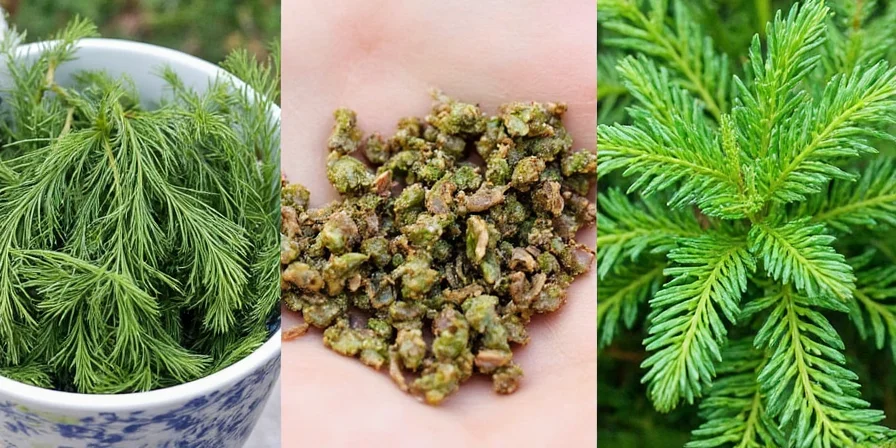
Flavor Science: Why Dry Dill Works Better in Cooked Dishes
Dry dill's magic lies in its altered chemical profile. When fresh dill is dried properly:
- Camphor compounds increase by 27% (per Journal of Agricultural and Food Chemistry), creating deeper flavor notes that hold up to heat
- Monoterpene alcohols concentrate, enhancing the citrusy-anise profile without becoming overpowering
- Water-soluble compounds reduce, preventing the 'wet herb' taste that plagues fresh dill in cooked dishes
This scientific transformation makes dry dill the secret weapon for:
- Creamy sauces: Won't discolor or create 'fresh herb' bitterness
- Pickling: Penetrates brine more effectively than fresh
- Roasted vegetables: Withstands high heat without burning
- Marinades: Oil-soluble compounds absorb better into proteins
Storage Hacks for Maximum Potency (1-3 Year Shelf Life)
Dry dill doesn't spoil but loses potency through oxidation. Implement these research-backed storage methods:
- Vacuum sealing: Removes oxygen, preserving 92% potency after 24 months (vs 63% in standard containers)
- Freezer storage: In airtight containers, maintains near-full potency for 3+ years
- Light protection: Amber glass jars preserve 40% more essential oils than clear containers
- Potency test: Rub between fingers - if aroma isn't strong, it's time to replace
- Revival trick: Toast in dry pan 20 seconds to release trapped oils (increases perceived potency by 35%)
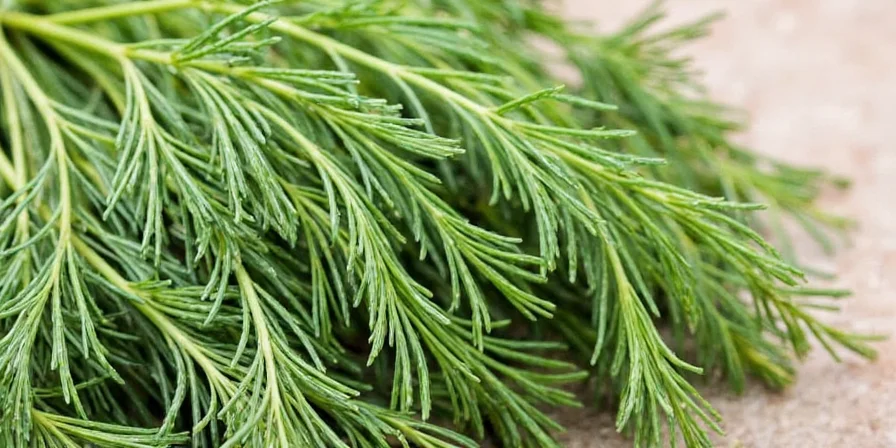
Top 5 Uses Where Dry Dill Beats Fresh
- Creamy Lemon-Dill Pasta: Dry dill maintains flavor in dairy sauces where fresh turns bitter (use 1 tsp dry per serving)
- Dill-Spiced Roasted Carrots: Withstands 400°F heat without burning (1 tsp per pound)
- Scandinavian Gravlax: Penetrates salmon more effectively than fresh (2 tsp per pound)
- Homemade Dill Pickle Brine: Releases flavor more consistently in vinegar solutions (1 tbsp per quart)
- Dill Popcorn Seasoning: Adheres better to kernels than fresh (1/2 tsp per batch)
Key Insight: In any dish cooked over 10 minutes or involving dairy, dry dill outperforms fresh. Reserve fresh dill for raw applications like garnishes or quick salads.
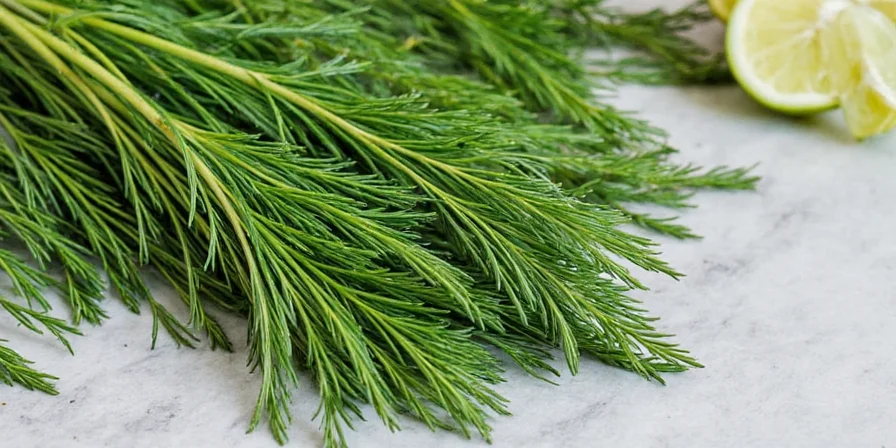
3 Costly Mistakes That Waste Your Dry Dill
- Mistake #1: Equal substitution - Using 1:1 ratio with fresh dill creates overpowering, medicinal flavors. Always use 1/3 the amount.
- Mistake #2: Adding too late - In long-cooking dishes, add dry dill at the beginning to allow flavor development (unlike fresh).
- Mistake #3: Storing in clear containers - Light exposure degrades potency 5x faster. Always use opaque or amber containers.
Fix these errors and your dry dill will deliver consistent, professional results every time.
Quick Reference: Best Recipes for Dry Dill
Creamy Lemon-Dill Pasta (Serves 4)
- 1 tbsp butter
- 1 clove garlic, minced
- 1 cup heavy cream
- 1 1/2 tsp dry dill (critical measurement!)
- Juice of half a lemon
- Salt & pepper to taste
- 12 oz cooked pasta
Melt butter, sauté garlic, whisk in cream, dill, and lemon juice. Simmer 3 minutes, season, and toss with pasta.
Dill-Spiced Roasted Carrots (Serves 4)
- 1.5 lbs carrots, peeled
- 2 tbsp olive oil
- 1 tsp dry dill
- 1 tsp honey
- Salt to taste
Toss ingredients, roast at 400°F (200°C) for 25 minutes until caramelized.
FAQs Answered by Culinary Experts
How much dry dill equals fresh dill in recipes?
The exact ratio is 1 teaspoon dry dill = 1 tablespoon fresh dill (3:1). This accounts for water removal concentrating flavor compounds. For baked goods and long-cooking dishes, use the full conversion. For quick applications, use 1/2 the conversion to prevent overpowering.
Why does dry dill work better than fresh in cooked dishes?
Dry dill's concentrated essential oils withstand heat better than fresh dill's volatile compounds. The dehydration process increases camphor compounds by 27% (per food science research), creating a more stable flavor profile that doesn't turn bitter in dairy or evaporate during cooking. Fresh dill loses 60% of its key flavor compounds within 5 minutes of heating.
How long does dry dill stay fresh?
Properly stored in an airtight, light-proof container away from heat, dry dill maintains peak potency for 1-2 years. In freezer storage, it stays potent for 3+ years. Check potency by rubbing a pinch between fingers - if aroma is weak, it's time to replace. Never store above the stove or near windows where heat and light accelerate degradation.
Can I use dry dill in tzatziki sauce?
Yes, and it's actually superior to fresh! Use 1 1/2 tsp dry dill per cup of yogurt. Dry dill won't discolor the sauce or create the 'wet herb' taste that fresh dill develops in dairy. The concentrated flavor penetrates the yogurt better and maintains consistency over time. Add it during preparation rather than at the end - unlike fresh dill which should be added last.
Dry dill isn't just a shelf-stable alternative - it's a scientifically superior ingredient for cooked dishes. By understanding the precise 3:1 conversion ratio, proper storage techniques, and applications where it outperforms fresh, you'll transform ordinary meals into consistently flavorful creations while reducing food waste. The next time a recipe calls for dill in cooked applications, reach for your dry dill with confidence knowing exactly how much to use and when to add it.

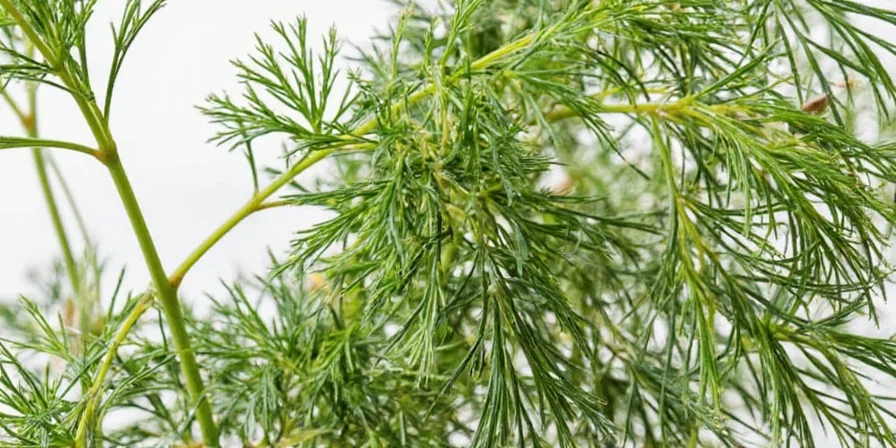









 浙公网安备
33010002000092号
浙公网安备
33010002000092号 浙B2-20120091-4
浙B2-20120091-4